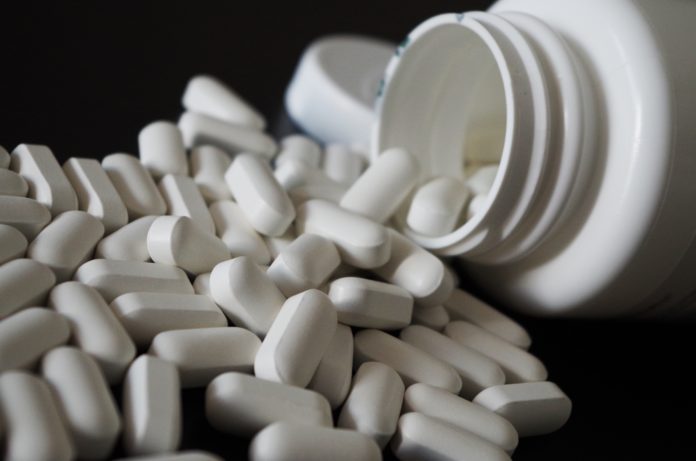Millennials are more prone the opioid epidemic than other generations, but that does not mean it is a generational problem. They have been impacted because of the timing of the epidemic.
“It’s not necessarily that millennials are more predisposed,” says Dr. Gary Tsai, the Medical Director and Science Officer at the Los Angeles Department of Public Health.
There are other things to consider in terms of how young people are being influenced.
Nearly 35 out of every 100,000 people between the ages of 25 and 34 died of a drug overdose in 2016, twice as many as in 2014, according to the Centers for Disease Control and Prevention (CDC),
“The reality is, if the opioid epidemic happened 50 years ago, then it wouldn’t have touched the millennials,” says Tsai. “I actually see this as a confluence of factors that have contributed to the opioid epidemic.”
According to Tsai, there are three main factors: overuse of opioids, lack of treatment options, and an increase in risks. The United States makes up five percent of the world’s population but uses 80 percent of its opioids. Tsai blames it on our quick-fix culture.
“A pill for pain is a lot easier than things like physical therapy, massage, exercise, and losing weight, all those things that take longer and take more effort than a pill,” says Tsai. That need for a quick-fix is what we’re used to in our society and has contributed to more usage of opioids.
“Simultaneously, we had this information come out from pharmaceutical companies that kind of push the notion that opioids were safe and not addicting for people who didn’t already have addictions,” Tsai says. “That combined with the lobbying for pain to be a fifth vital sign. In doing that, what happened was, the healthcare field essentially institutionalized pain treatment into every patient encounter.”
Every time a patient saw a nurse or a doctor, they were asked about their pain, which the nurse had to log on a scale of 1 to 10. If the pain was above zero, doctors were encouraged to write a prescription.
A lack of treatment options, with under-resourced SUD systems and the under-utilization of medications for addiction treatment, contributed to the problem. “We’ve under-resourced substance use systems for decades,” says Tsai, adding there’s also a shortage of addiction specialists, in particular addiction physicians.
“So all of that has contributed to a situation where, first, we’re using too many opioids and, second, we don’t have enough people to treat people with opioids disorders,” he says.
Finally, there has been an increase in the potency of opioids with drugs like fentanyl. “Drug dealers are putting them into counterfeit pills and lacing them into illicit drugs like cocaine,” says Tsai. “More people are exposed to these higher potency opioids, thereby increasing their overdose risk.”
Tsai says millennials are influenced by culture and the timing of the opioid epidemic is part of it. “I think that millennials, perhaps, unfortunately are just the generation that has been impacted because of the timing of all these things.”
Tsai suggested people with drug addiction should speak with their health provider and let them know about any addiction problem and recognize when treatment would be beneficial.
















